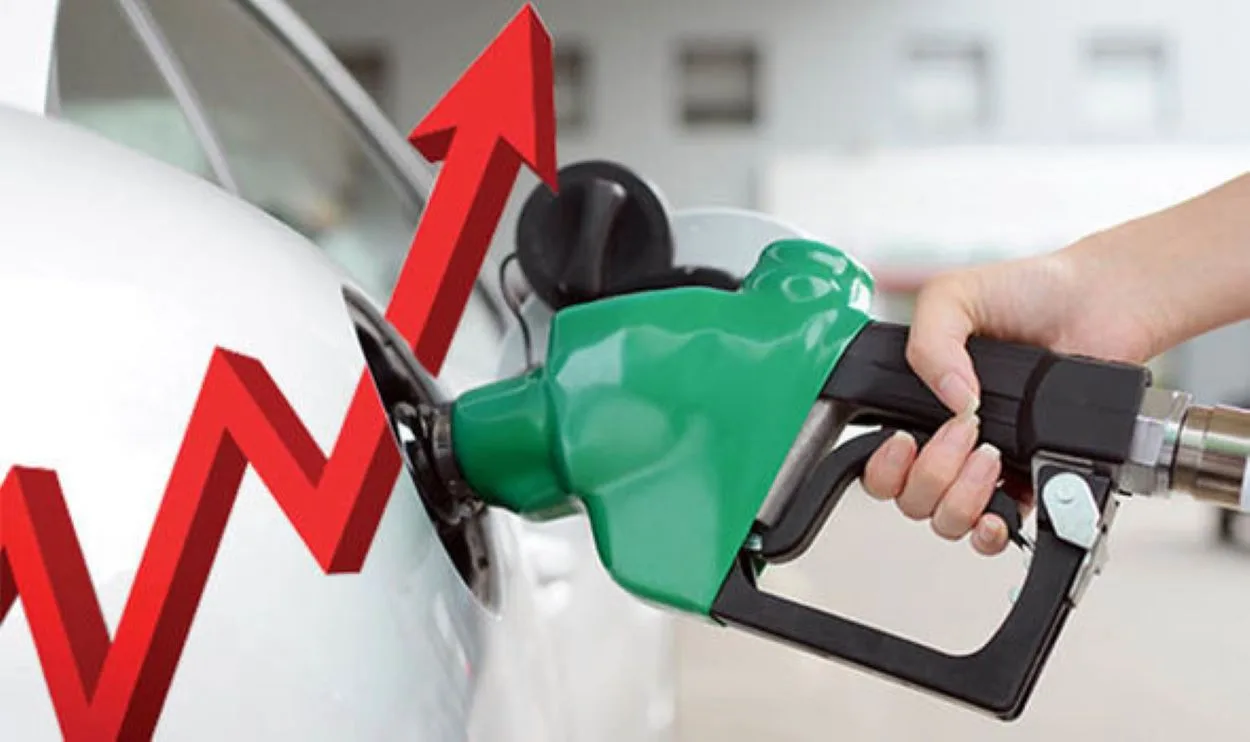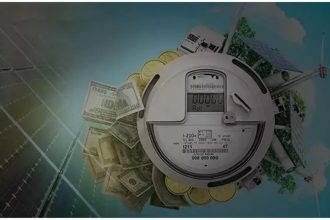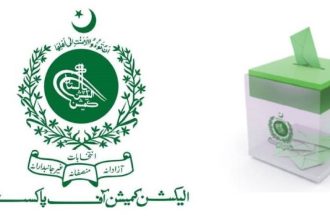On June 30, 2025, Pakistan’s federal government announced a significant fuel price hike, effective from July 1 to 15, driven by Middle East tensions and global oil price fluctuations. Petrol prices rose by Rs8.36 per litre and high-speed diesel (HSD) by Rs10.39, as per the Oil and Gas Regulatory Authority’s (OGRA) recommendation.
The Finance Division’s notification set the price of petrol at Rs 266.79 per litre, up from Rs 258.43, and HSD at Rs 272.98 per litre, up from Rs 262.59. The decision follows OGRA’s advice amid global oil market volatility. Pakistan, importing 85% of its petroleum from the Middle East, faced a crude oil price spike to $82–87 per barrel after Israeli airstrikes on Iran, though prices later stabilised at $67 per barrel post-ceasefire on June 26.
The 12-day Iran-Israel conflict, including Iran’s threat to close the Strait of Hormuz, drove crude oil prices up by 7–11%, impacting Pakistan’s import costs. The government’s decision to pass on the increase, despite a Rs77 per litre petroleum levy, prioritises a Rs1.4 trillion revenue target for 2025-26, up from Rs1.161 trillion in 2024-25. A new carbon levy on petroleum products further exacerbates the price hike, adding to consumer burdens.
Read: Pakistan Stock Exchange Hits Record High at 125,627 to Close Fiscal Year 2025
HSD’s widespread use in agriculture and transport will likely raise transportation costs, fueling inflation nationwide. Petrol, used in motorbikes and cars, narrows the price gap with compressed natural gas (CNG), as gas utilities in Punjab rely on imported gas. Consumers face added pressure from the carbon levy and the government’s decision not to absorb the price increase, despite available options for adjusting the levy, which raises concerns about affordability.
The fuel price hike, effective at the start of fiscal year 2025-26, threatens Pakistan’s economic stability, driving inflation and increasing living costs. The government’s revenue-focused approach, amid Middle East-driven oil volatility, underscores the challenge of balancing fiscal goals with consumer relief, impacting millions of Pakistanis and the broader economy.






